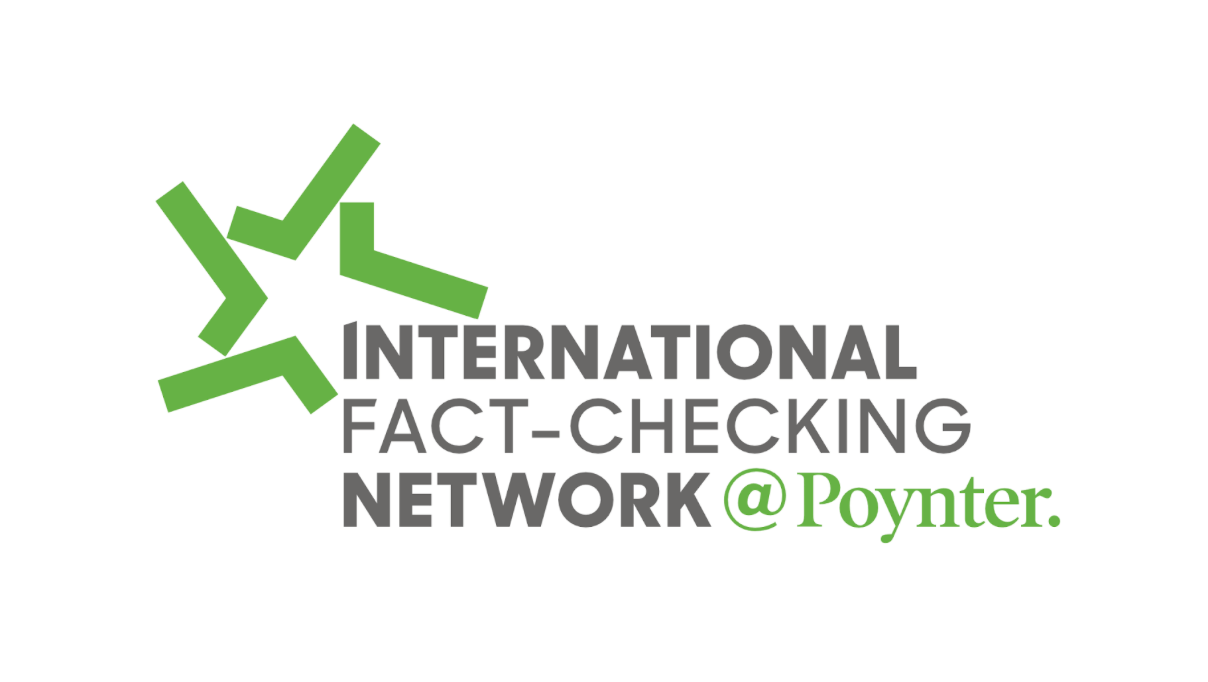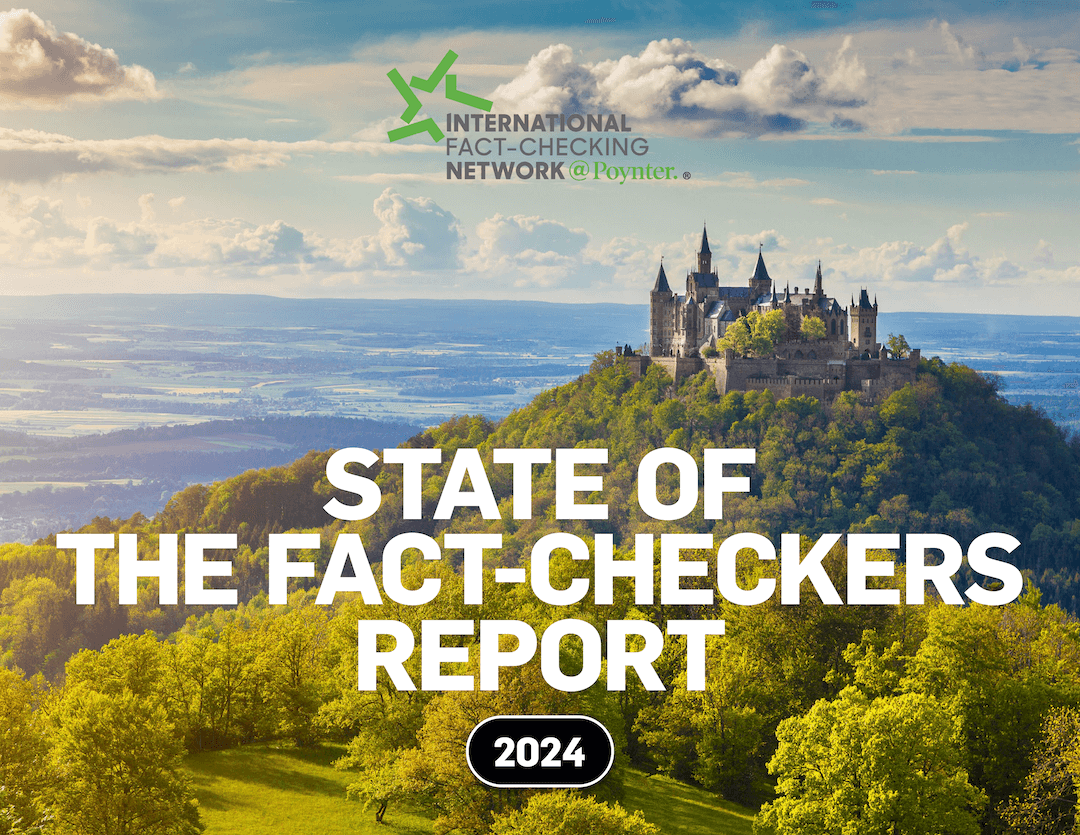By early April, it became dreadfully clear that the coronavirus pandemic was disproportionately infecting and killing the nation’s most vulnerable residents.

Rogelio Sáenz (Courtesy)
Limited but growing information documented the toll of COVID-19 on African Americans. But while journalists regularly reported that Latinos also were suffering, little data existed to measure the extent of the damage. So I began compiling data from state COVID-19 dashboards that had information on cases and deaths among Latinos. I have been writing a monthly blog for Latinos Decisions and describing the COVID-19 trends among Latinos across the nation.
While data is far from perfect, there is growing information on Latinos. At first glance, it suggested Latinos were doing fairly well in Texas compared to other parts of the country. That was particularly true compared to the COVID-19 outbreaks in meatpacking and poultry processing plants in states such as Pennsylvania, South Dakota, Iowa, Nebraska and Colorado.
Yet it was clear that in San Antonio, where I live and where we account for about 64% of the city’s population, high numbers of Latinos were succumbing to the disease. And there soon were signals that something was wrong with the Texas data.
For example, a New York Times analysis identified the racial or ethnic group with the highest coronavirus rates in counties across the nation. Texas stood out for its lack of color on the map, indicating an absence of data. As I prepared my July blog for Latino Decisions, in the midst of the rise of the coronavirus spikes across the South and the West — principally in Arizona, Florida and Texas — Texas again emerged as an oddity. The data did not show the major growth of COVID-19 among Latinos that existed in much of the rest of the South and the West.
What could be going on?
I examined The COVID Tracking Project more closely and computed the percentage of cases and deaths that were missing race and ethnicity information among the people contracting the virus or dying from it. Aha! Texas stood out from all other states.
As I pointed out in my July blog, “Overall, in the U.S. approximately 39% of COVID-19 cases do not have a race or ethnic identification as is the case for 10% of deaths. In Texas, an astounding 91% of cases and 77% of deaths do not have a race or ethnic identification.” It is difficult to make much sense of the data from Texas and get firm footing on what is going on in the state with so much missing data. Politics, perhaps? In Texas, nah!
This month, there has been some improvement in the information for Texas. The COVID Tracking Project reports only 0.1% missing data for Texas deaths, but 93% missing data for the state’s cases. Yet, even with the limited information on COVID-19 cases, the reality is emerging in Texas: Latinos have been disproportionately hit hard by the pandemic.
Texas is the only state where Latinos account for more than half of all COVID-19 deaths and, even with only an accounting of 7% of COVID-19 cases, Latinos make up 48% of the infected in the state. That’s behind California (58%) and Nebraska (49%). Moreover, provisional data from the Centers for Disease Control and Prevention shows that after making adjustments for age differences, Latinos in Texas are dying from COVID-19 at a rate that is 3.3 times higher than that of white Texans, with Black Texans dying from the disease at a level 2.5 times higher than white Texans.
The consequences of prematurely opening up Texas for business at the behest of President Donald Trump and the Republican state leadership are immense and devastating, disproportionately impacting people of color and the poor.
With the opening of Texas, COVID-19 cases and deaths soared. The seven-day rolling average number of cases and deaths rose nearly eightfold between June 1 and the peak of cases (July 22) and deaths (July 16). By mid-July, many areas of Texas, particularly Houston and San Antonio, sustained major challenges associated with limited hospital space and medical personnel to take care of the newly infected. The number of Texans dying also rose to unprecedented levels.
Fortunately, we have seen some relief in the last couple of weeks, with cases and deaths falling somewhat. Still, there is a bothersome uptick in COVID-19 cases in the last several days. To intensify fear, many schools around Texas will be opening, which will surely result in another major round of spikes of cases and fatalities.
Latinos have been particularly hurt in the Rio Grande Valley, my beloved area where I was born and raised. The region, which is on the Texas-Mexico border, is comprised of four of the poorest counties in the country — Cameron, Hidalgo, Willacy and Starr. Over the last month, the Valley has been one of the nation’s major COVID-19 hot spots.
In the midst of the COVID-19 rising misery, Hurricane Hanna in late July brought destructive winds and rain. The Valley has upward of 1.2 million people, with 92% being Latino. In the Valley, 30% of Latino families have incomes below the poverty level, only 15% of Latinos 25 and older have a bachelor’s degree or higher, and the Latino median household income is about $35,000. Meanwhile, only 8% of white residents have incomes below the poverty level, 33% of white residents 25 and older have at least a bachelor’s degree, and the median household income for white residents is $52,000.
Throw into the mix that nearly one-third of Latinos in the region do not have health insurance (compared to about 11% of white residents). Then throw in an ample prevalence of diabetes, obesity, hypertension and other preexisting chronic conditions among Latinos. These are the ingredients for major outbreaks of infection and death. And that’s why the COVID-19 horror materialized in the Valley.
The first COVID-19 infection occurred in the Valley region on March 20 and the first death on April 4. The infections skyrocketed to 158 on April 4, to 795 on May 4, to 1,517 on June 4, to 8,390 on July 4, and to 35,127 on Aug. 4, more than quadrupling over the last month.
Deaths in the Valley from COVID-19 also have soared, from none on April 2 to 30 on May 2, to 56 on June 2, to 210 on July 2, and to 939 on Aug. 2, shooting up 4.5 times over the last month. The death figures are likely to be an undercount. It appears Valley residents who were sent to hospitals in other cities such as San Antonio due to the lack of space in the region’s hospitals were counted as deaths there instead of in their own communities.
Media reports have recounted the sorrow in the Valley. Hospitals are ripping at the seams, practicing warfare triage strategies to maximize life in the face of limited resources. Bodies are piling higher, as a cemetery’s backhoe breaks down due to wear and tear, forcing workers to dig graves with shovels.
On July 23, MSNBC’s Rachel Maddow described the Rio Grande Valley situation as “a national emergency … the worst-case scenario.” Molly Hennessy-Fiske, a Los Angeles Times reporter sent to cover the Valley’s COVID-19 crisis, provided an apt description of the context when she reported a nurse’s succinct assessment: “We’re in hell right now.”
Rogelio Sáenz is a professor in the Department of Demography at the University of Texas at San Antonio. He is a regular contributor of op-ed essays, policy briefs, and research reports to a wide range of media and academic outlets.
This is part of a series funded by a grant from the Rita Allen Foundation to report and present stories about the disproportionate impact of the virus on people of color, Americans living in poverty and other vulnerable groups.







